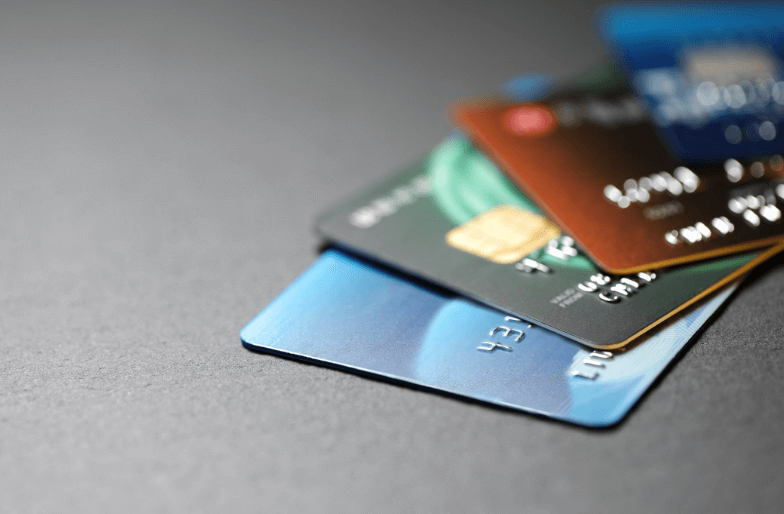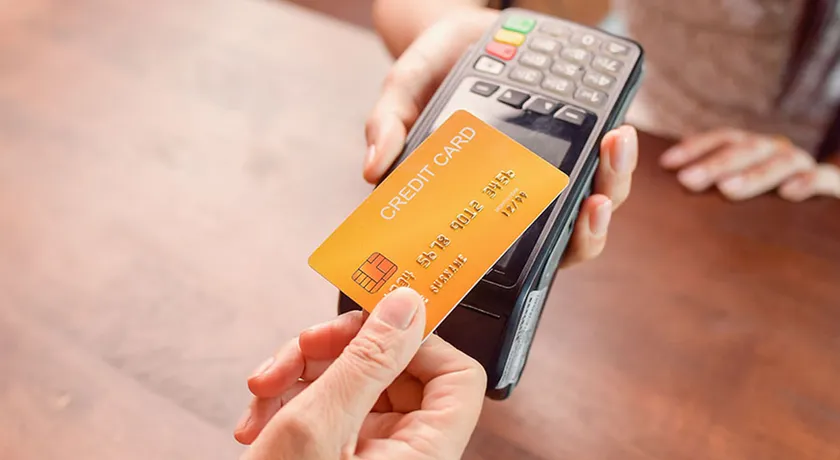
Contactless Payment Card Adoption and What Merchants Must Know to Prevent Fraud
The contactless payment card went mainstream fast. Consumers prefer speed and convenience. Merchants now accept NFC tap-to-pay, tokenized wallets, and network tokens. At the same time, fraud patterns shifted. Therefore, merchants must update fraud rules, terminal practices, and chargeback playbooks. Below, I summarize the current adoption, the security landscape, and practical steps merchants should take.
Rapid adoption and market facts
Contactless usage rose sharply in recent years. In the UK, nearly 38% of payments were contactless in 2023. Additionally, one in three UK adults uses mobile contactless payments on a monthly basis. These changes reflect broader global trends toward the acceptance of wallets and taps. For the U.S., mobile and contactless usage also jumped after 2020 and continues to grow. These adoption facts shape fraud trends and merchant priorities.

Why tokenization changes the equation
Tokenization replaces a real PAN with a unique token. Networks and wallets issue tokens to reduce the amount of stored card data at the merchant. As a result, merchants narrow their PCI scope and reduce the risk of breaches. Tokenization also improves approval rates for recurring and in-app payments. Visa and Mastercard publish practical guides that demonstrate how tokenization reduces fraud exposure for both card-present and card-not-present transactions. Merchants should adopt gateway or network tokens where possible.
New fraud patterns merchants face
Contactless lowered friction, and fraudsters adapted. They now test stolen payment cards with small taps. Then they escalate transaction size or resell successful details. Moreover, the misuse of credential-on-file and stored tokens drives card-not-present fraud. Velocity abuse and device spoofing also appear more often. Consequently, merchants must monitor micro-patterns and device identifiers, in addition to transaction amounts and other relevant data. Industry fraud reports document these evolving patterns.

Practical POS controls every merchant should deploy
First, enable tokenization and prefer network tokens and gateway tokens. Second, set sensible contactless limits and require step-up authentication on suspicious patterns. Third, use tamper-resistant terminals and keep firmware current. Fourth, enable point-to-point encryption (P2PE) or EMV-level encryption for PIN data. Finally, log device metadata for each sale. These actions reduce fraud surface and improve dispute outcomes. For implementation, follow the guidance of PCI and the terminal vendor.
Data and analytics detection over reaction
Real-time analytics provide the best defense. Set velocity rules to block many small taps from a single card or device by correlating device fingerprinting, token IDs, and geolocation. Use machine learning to flag anomalous patterns. Additionally, apply 3-D Secure for high-risk online transactions tied to stored credentials. By combining tokens, telemetry, and rule engines, merchants catch attacks early and reduce chargebacks. Industry research shows firms that use layered analytics reduce losses materially.

Chargebacks and operational readiness
Chargebacks still hit merchants after contactless or CNP fraud. Therefore, collect the proper evidence at the time of sale: token identifiers, device IDs, receipt images, and AVS/3-DS results. Maintain a dispute playbook and automate representment where data supports it. Collaborate with acquirers to identify and escalate recurring fraud trends and refine representation templates. Intense operational routines cut both direct costs and reputational damage. European and network-level guidance describes effective evidence sets.
Regulatory limits and longer-term trends
Regulators and schemes continue to evolve rules. For example, the UK raised the contactless limit to £100 in 2021 and is debating future changes to this limit; regulators emphasize the importance of monitoring and fraud protection. EMVCo continues to update specifications for contactless security and token lifecycle management. As a result, merchants should monitor regional rule changes and ensure their POS vendors remain compliant. Staying current reduces compliance risk and avoids unexpected liability.

Action checklist for secure Payment Card
Now you need to implement tokenization and update your POS firmware. Then, enable real-time analytics and velocity rules. Next, collect token and device metadata for every sale. Additionally, enforce step-by-step authentication for high-risk or high-value transactions. Finally, train your staff and coordinate chargeback processes with your acquirer. These measures will protect your customers and profits while reducing the friction of payment card acceptance.


